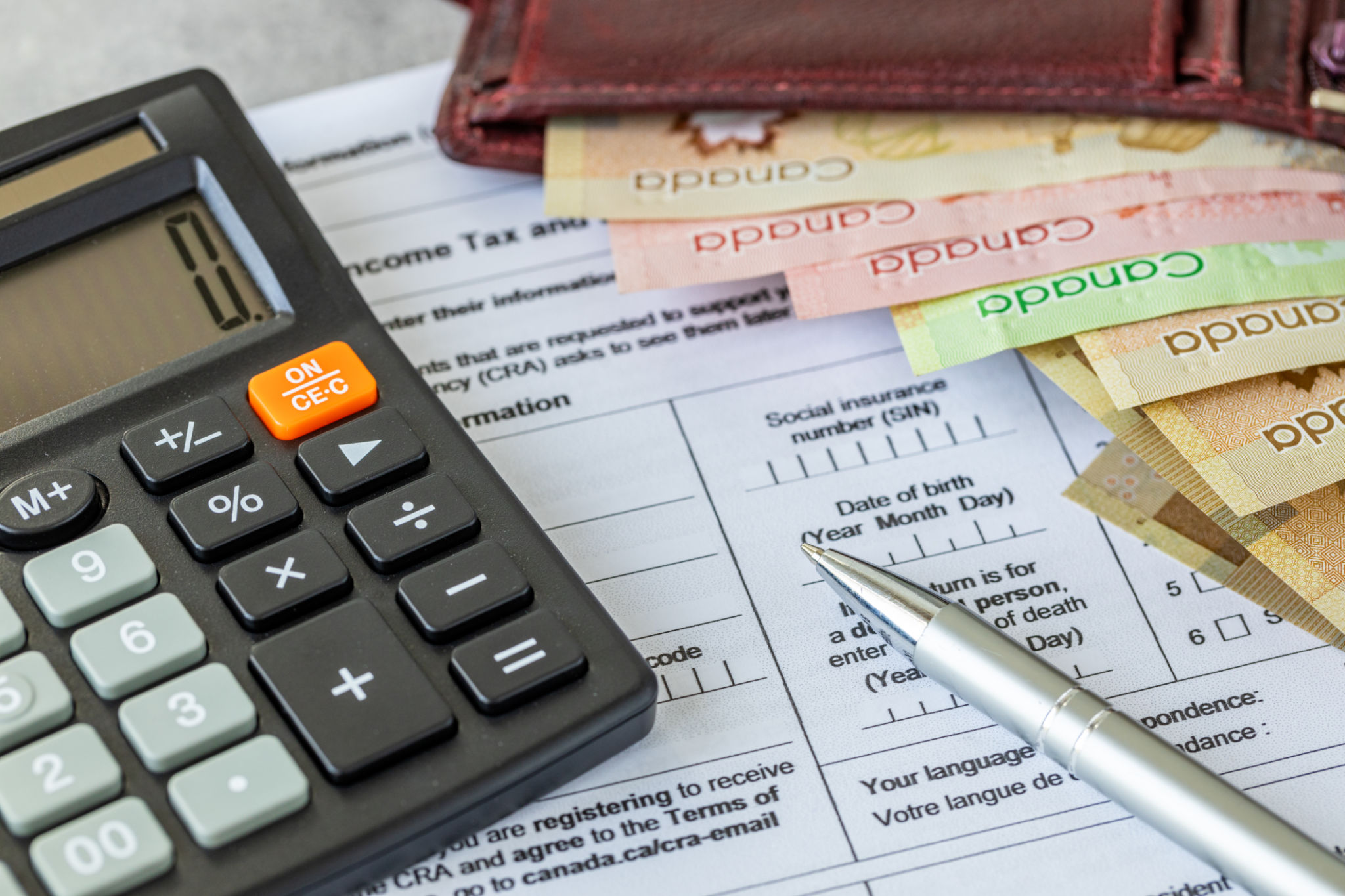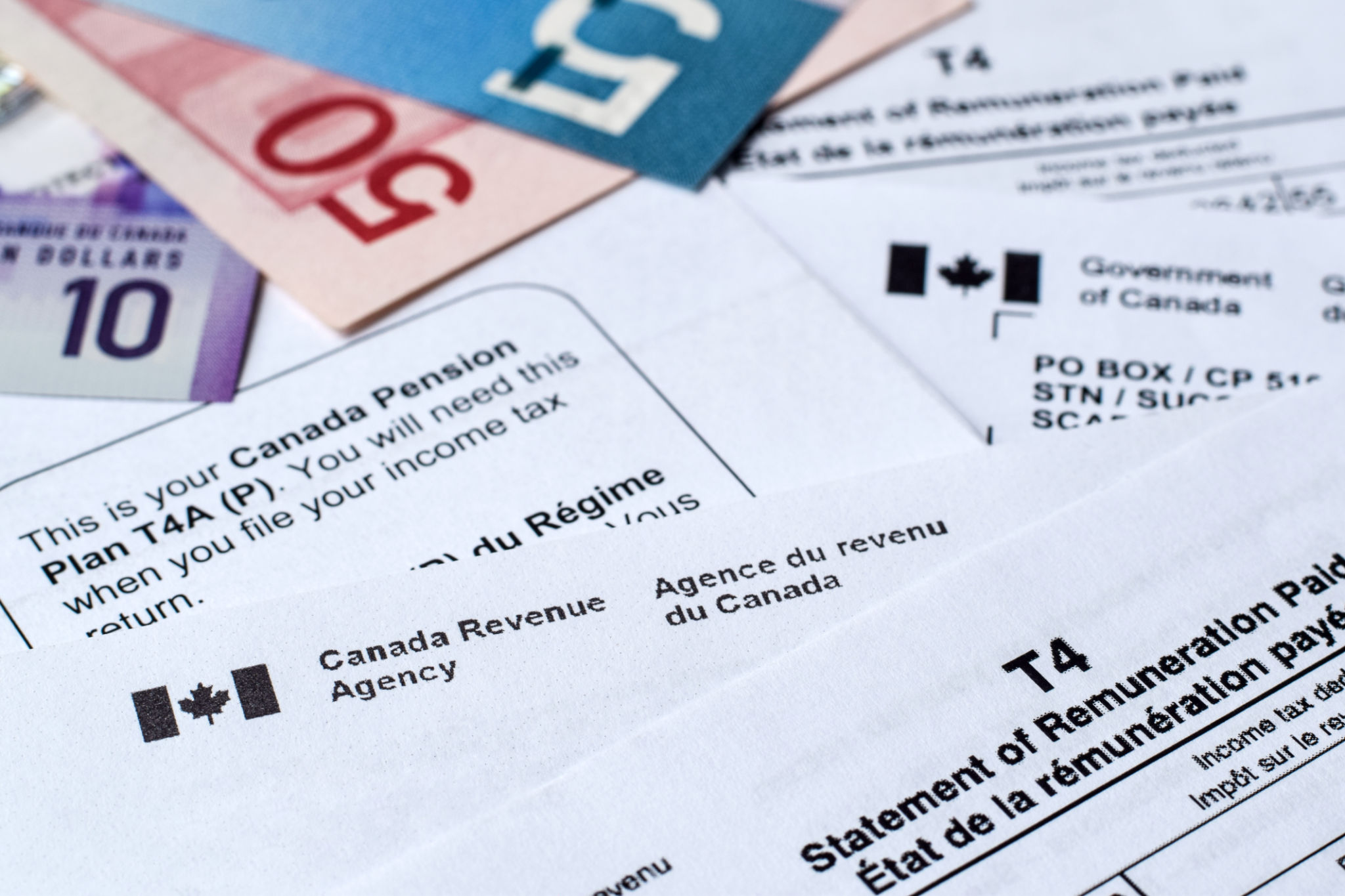Tax Preparation 101: A Step-by-Step Guide for First-Time Filers
Understanding Tax Basics
Filing taxes for the first time can be an intimidating process, but understanding the basics can ease much of the anxiety. Taxes are essentially money paid to the government to fund public services like education, infrastructure, and healthcare. As a taxpayer, you must file an annual tax return to report your earnings and determine if you've paid the correct amount in taxes over the year.
For first-time filers, it's crucial to know the difference between federal and state taxes. Federal taxes are collected by the Internal Revenue Service (IRS), while state taxes vary depending on where you live. Make sure you’re familiar with both systems to ensure compliance and avoid penalties.

Gather Your Documents
Before you start filling out any tax forms, gather all necessary documents. Begin with your W-2 form if you're employed, or a 1099 form if you're a freelancer or contractor. These documents report your income for the year and are essential for accurate filing.
Additionally, keep records of any deductible expenses such as student loan interest or medical expenses. Having all your documentation ready will streamline the filing process and help you identify potential deductions or credits that can reduce your tax liability.
Other Important Documents
Beyond W-2s and 1099s, be sure to collect documents related to earned interest, dividends, or any other income sources. Also, gather receipts for charitable donations and education expenses, which might qualify for additional tax benefits.

Choose the Right Tax Form
The next step is selecting the appropriate tax form. Most first-time filers will use Form 1040, which is the standard federal income tax form. This form allows you to report your income, claim deductions, and apply for credits. There might be additional schedules or forms required if you have more complex situations like self-employment income or rental properties.
State tax forms differ based on location. Check your state’s tax agency website to download the necessary forms and understand any specific filing requirements.
Consider E-Filing
E-filing is a convenient option for submitting your tax returns. It’s often faster, more secure, and helps reduce errors compared to paper filing. Many e-filing services also offer step-by-step guidance tailored to first-time filers, making it a user-friendly option.

Understand Deductions and Credits
Deductions and credits can significantly impact your tax liability. Deductions reduce your taxable income, while credits reduce the amount of tax you owe. Common deductions include those for mortgage interest, student loans, and charitable donations.
Tax credits can be even more beneficial as they offer a dollar-for-dollar reduction in your tax bill. Look into credits like the Earned Income Tax Credit (EITC) or Child Tax Credit if applicable.
File on Time and Avoid Penalties
The deadline for filing federal taxes is typically April 15th each year. Missing this deadline can result in penalties and interest on any taxes owed. If you're unable to file by this date, you can request an extension using Form 4868. However, remember that an extension to file is not an extension to pay any taxes due.
Staying organized and proactive in your tax preparation will help you meet deadlines and avoid unnecessary stress.
Seek Professional Help if Needed
If you find yourself overwhelmed or facing complex tax situations, consider consulting a tax professional. They can offer personalized advice, ensure compliance with all tax laws, and help maximize your refunds or minimize liabilities.

